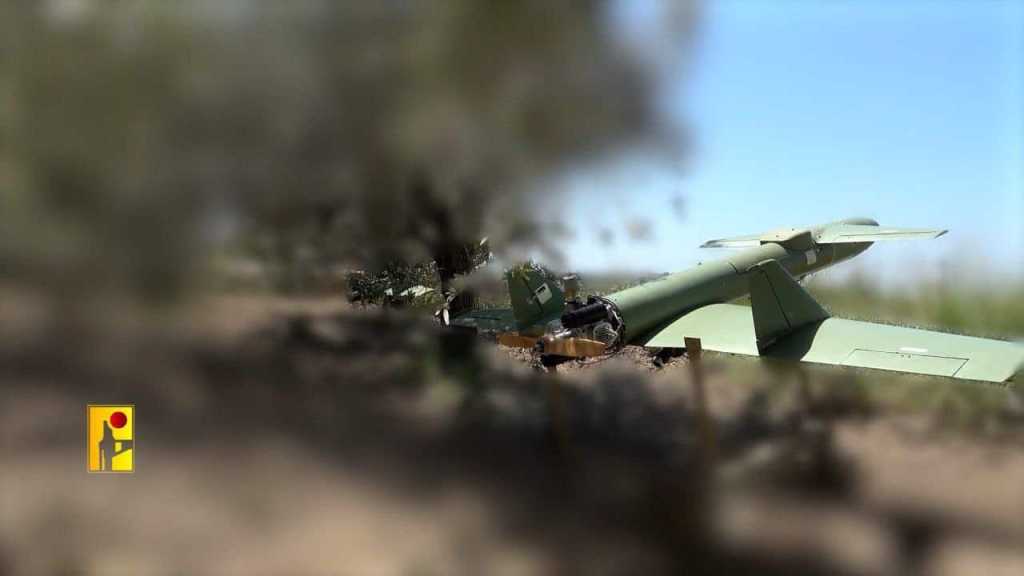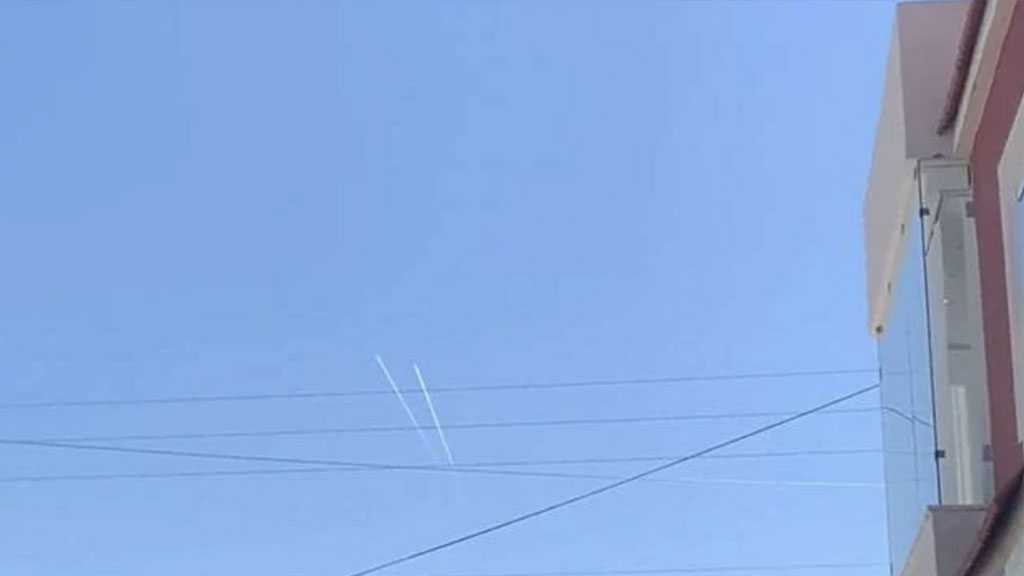WSJ: Hezbollah’s Offensive Drones ’Israel’s’ New Nightmare

By Staff, Agencies
The Wall Street Journal viewed that after Hezbollah drone attack succeeded in killing 4 “Israeli” soldiers on Sunday, a weak spot has been exposed in the “Israeli” air defenses.
This comes as “Israeli” military officials revealed that the drone managed to bypass detection before striking a “Golani” infantry brigade military post near “Binyamina”.
According to “Israeli” Army Radio, the drone attacked a dining hall, without sounding any warning alarms, leaving the hall bloody with a massive hole in the ceiling.
Current and past military officials have stated that "Israel" has failed to develop appropriate technologies to stop Hezbollah drones, particularly during the detection stage.
“Israeli” War Minister Yoav Gallant, who paid a visit to the base Monday, expressed it was a “difficult event with painful results,” adding that “we are concentrating significant efforts in developing solutions to address the threat of UAV attacks.”
According to WSJ, the strike demonstrates how the Resistance has refined its use of drones since the beginning of the war, including the deployment of surveillance drones, explosive drones, and first-person-view [FPV] drones that an operator can direct.
Sarit Zehavi, founder and head of the “Israeli” Alma Research and Education Center, explained that the attack on the military facility occurred under a heavy barrage of rockets, which appeared intended to overpower “Israeli” air defenses.
In a September video, a Hezbollah drone inspected an “Israeli” military installation near the Lebanese border, while an FPV dove at great speed into an “Israeli” military vehicle.
Drone specialists who studied the footage acknowledged that it showed FPVs and that the “Israeli” military targets in the films were vulnerable to them.
In May, Hezbollah fired a missile-armed drone, which crashed into a military facility, injuring troops. Since the beginning of the war, drone attacks have also come from Yemen and Iraq.
While Hezbollah's FPVs have so far only been used against military assets, security analysts fear that they may grow and develop to be used for assassinations or by relying on non-jammable optic cables.
In August, an “Israeli” military official downplayed that "Israel" was caught off guard and unprepared for the UAV and drone threats, citing that they did not consider them a strategic threat. The official admitted that the IOF were in a "learning battle with Hezbollah and we are trying to learn fast.
Iaroslav Kalinin, a former army officer in the Ukrainian military, stated that many militaries across the world are hesitant to recognize the magnitude of the new danger.
On his part, Onn Fenig, CEO of R2, a deep tech company that detects malicious activities on the wireless spectrum, including drones, said "Israel" should expect to see more drones break through.
“We will continue seeing UAVs that succeed in passing through Israeli air defenses because the air defense system wasn’t designed to deal with this threat,” Fenig said.
"Israel" currently lacks a dedicated interception system to handle drones launched from Lebanon, Gaza, Syria, Iraq, Iran, and Yemen, Maariv emphasized.
Maariv explained that the chances of downing a drone are lower than intercepting missiles, and this is why Hezbollah and other factions have chosen this weapon, stressing that the “Israeli” military "must act defensively" to bring down these drones.
The newspaper recalled Hezbollah’s April attack using a combination of anti-tank guided missiles, rocket-propelled grenades, and two suicide drones. It also referred to two explosive drones that struck “Hurfeish” a few months later and another attack in the same month when an explosive drone targeted northern Golan.
Maariv cited Rotem Meital, CEO of Asgard Systems in “Tel Aviv”, which develops military technology for the “Israeli” military industry, as saying that drones, by nature, have a particularly challenging radar signature, especially when flying at low altitudes, which complicates radar detection.
Comments




